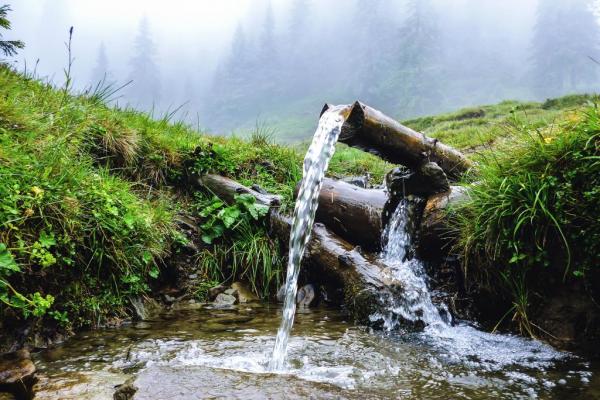
VICTORIA, British Columbia, Nov. 17 (UPI) — An international team of hydrologists has published the first data-driven analysis of the world’s groundwater reserves.
Their findings, published in the journal Nature Geoscience, suggest the planet holds 23 million cubic kilometers of total groundwater — roughly 5.5 million cubic miles. Only six percent of that water will be replenished over the next 50 years.
In other words, most of Earth’s hidden groundwater reserves are nonrenewable.
As the dramatic pressures put on water reserves by global warming and growing world populations become more apparent, scientists have called for a more accurate accounting of the world’s freshwater resources. The latest study offers a clearer picture.
“This has never been known before,” researcher Tom Gleeson, a hydrologist at the University of Victoria, said in a press release. “We already know that water levels in lots of aquifers are dropping. We’re using our groundwater resources too fast — faster than they’re being renewed.”
Gleeson and his colleagues arrived at their totals after building a groundwater map based on the data from 40,000 groundwater models, comprising data from nearly a million watersheds.
“Intuitively, we expect drier areas to have less modern groundwater and more humid areas to have more, but before this study, all we had was intuition,” explained Kevin Befus, former University of Texas doctoral student, now a post-doctoral fellow at the United States Geological Survey. “Now, we have a quantitative estimate that we compared to geochemical observations.”
Mapping revealed the largest groundwater deposits among the Amazon Basin, the Congo, Indonesia, and in North and Central America along the Rockies. The researchers’ work made an effort to differentiate between old groundwater and newer groundwater.
Older groundwater is typically found deeper in the Earth; it is more likely to be salty and nonrenewable. Younger groundwater is more likely to be refreshed by natural processes, but there is less of it and it is more susceptible to climate change and contamination from human activities.
The largest concentrations of modern groundwater are found in the tropics and around mountains.
The next step, researchers say, is tallying the rate at which humans are depleting sources of old and young groundwater.
“Since we now know how much groundwater is being depleted and how much there is, we will be able to estimate how long until we run out,” said Gleeson.





